Content Note: This blog post refers to the floods that hit Malaysia in December 2021, which might be distressing for some.
I found out my kampung in KL was affected by the 2021 flood from my brother. I woke up to a text on December 19th saying the flood had started at midnight, and that within 2 minutes, the water was up to my dad’s knees. In 5 minutes, the mattresses in the bedrooms downstairs started to float.
The first thing I felt when I read that text was shock, and then serba salah. My kampung memang dah biasa flood actually, so I felt like I should’ve known better and checked in on my family sooner. After all, news of the floods were already on Twitter the night before. But I guess, because my dad didn’t text me or anything, I tak sangka my kampung banjir this time.
It didn’t feel good knowing I slept in my comfy rented room when my family, our tenants and our close neighbours spent the whole night huddled upstairs in the dark, waiting for it to be safe.
READ >> The Climate Crisis is a Child Rights Crisis
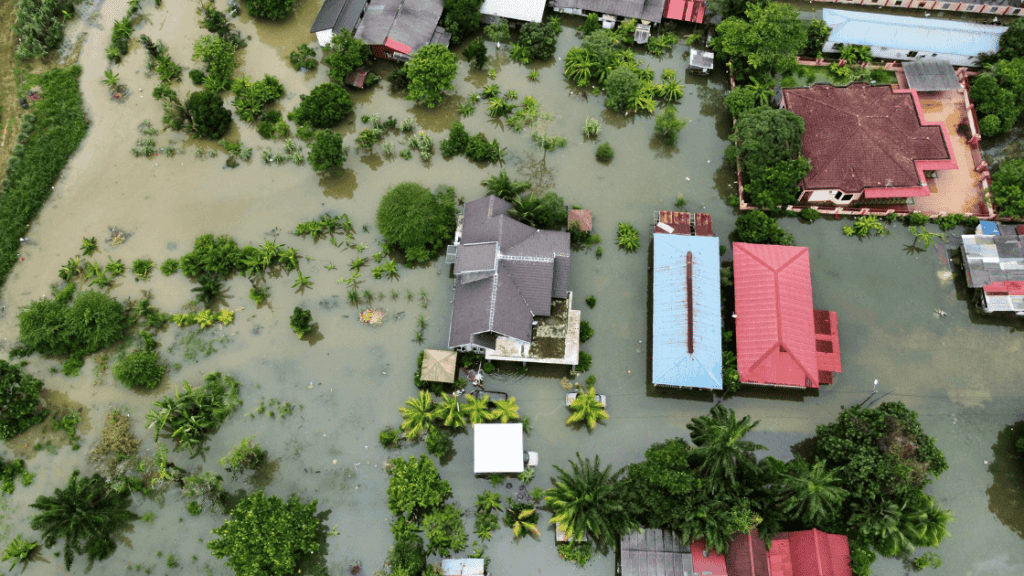
The aftermath of the flood
It took close to two weeks to clean up and reset after the flood. I remember having to throw out so many things yang dah masuk air. Katil, sofa, baju, family photo albums, the sijil-sijil my siblings and I got from school that my dad kept for years. Electronics takyah cakap ah.
I think my family was just a mix of grief and anger and gratitude during that time ‘cause so much was lost but at least we were safe.
Waktu tu, lepas all the cleaning dah settle and life returned to normal, I thought ok lah, all’s good now. But to be honest, for the next couple months, anytime it rained, I would pray for it to stop. Didn’t matter if it was raining for an hour or 5 minutes. I would start feeling jittery, restless and uneasy. I’d stalk the MET Malaysia website to see if there was any amaran banjir.
I wanna tell you that it’s stopped, my anxiety. But I don’t know if that’s really true. I still check MET Malaysia when it rains a little longer than I like. To be honest, now that it’s the end of the year again, I can feel myself getting more anxious about the weather, wondering if it’s going to flood again. I feel kind of helpless, knowing the weather is out of my control.
Flood survival tips for peace of mind
It’s really important for us to talk about the floods and get the gomen to do more flood prevention stuff. I know got all the banjir booths sekitar KL, but me and Sufyan Aslam, a Climate Action Consultant at UNICEF, think it’s just as important to prepare for impending disasters as it is to respond to them.
For example: I feel we need to improve our waste management so drains tak sumbat and water can flow where it is supposed to flow, as well as have stricter laws on deforestation and the logging of our forests which can help prevent banjir kilat. Meanwhile, Sufyan says that “town planners need to map areas vulnerable and prone to severe flooding. This would allow better planning for disaster risk reduction activities at the community level to build local capacity.”
We also need more ways to help Orang Asli and those in rural areas, who experience floods way more frequently berbanding kita yang tinggal kat kota (trust me, sis, they have it much worse). All Malaysians shouldn’t have to fear for their safety every monsoon season, when Malaysia floods the most.
That’s for the long term. But in the short term, with more and more chances of a flood repeating soon, it’s important to have a flood survival plan prepared. Here are a few tips I put together with Sufyan to get started:
1. Set an evacuation plan.
Create a checklist of where to go and how to get to higher ground. Make sure everyone in your home knows the fastest routes and what their roles are. Leaving this to the last minute could cause confusion and delays that endanger lives.
2. Create a Disaster Kit / Go Bag at home.
A bag is best so you can easily grab and gerak when floods are approaching. Prepare your waterproof bag in advance. Must-haves include money, drinking water, non-perishable food like canned tuna, a first aid kit, whistles, candles and matches, flashlights, rope, raincoats, blankets, a portable radio, notebook and pencils, clothes, comfort toys for children, your house keys, and other important documents like birth certs, MyKads and passports.
3. Protect your family “treasures”.
Saving cherished photographs, family albums, and other treasures is possible by planning and preparing ahead of time. Pack your prized possessions in a water-proof case and keep them on the top floor if possible. Digitally duplicating important documents like certificates can ensure you’ll still have these if the worst should happen.
4. Find ways to communicate and stay up to date.
When you receive any warnings or updates, share them with your neighbours. Your smartphone and a power bank will also help you call for help and check-in on your loved ones. Be sure to save the phone numbers of the police, fire department and emergency services.
5. Learn how to turn off utilities.
To reduce damage to your home, be sure to turn off your gas, electricity, water and sewage system before you evacuate. Unplug appliances like your fridge and washing machine and if you have time, remove the adaptor plugs too. If your rumah lebih satu tingkat, move electrical items to a higher level.
6. Try your best not to walk through floodwater.
Even half a foot of moving water could cause you to fall and injure yourself. If you memang have to walk in floodwater, use a stick to check the firmness of the ground before you.
I know having an emergency plan or some idea of what to do isn’t going to stop the floods from coming, but the more you know, the safer you and your family can be. As for the anxiety, I hope having a game plan in place will help you feel more prepared just like it has helped me.
IMPORTANT HOTLINES
MET Malaysia Hotline: 1-300-22-1638
INFO WEBSITES
• Pusat Kawalan Bencana Negara, NADMA
• Pengurusan Bencana JKR
• Info Bencana JKM
• Public InfoBanjir – Officers & Contact Numbers
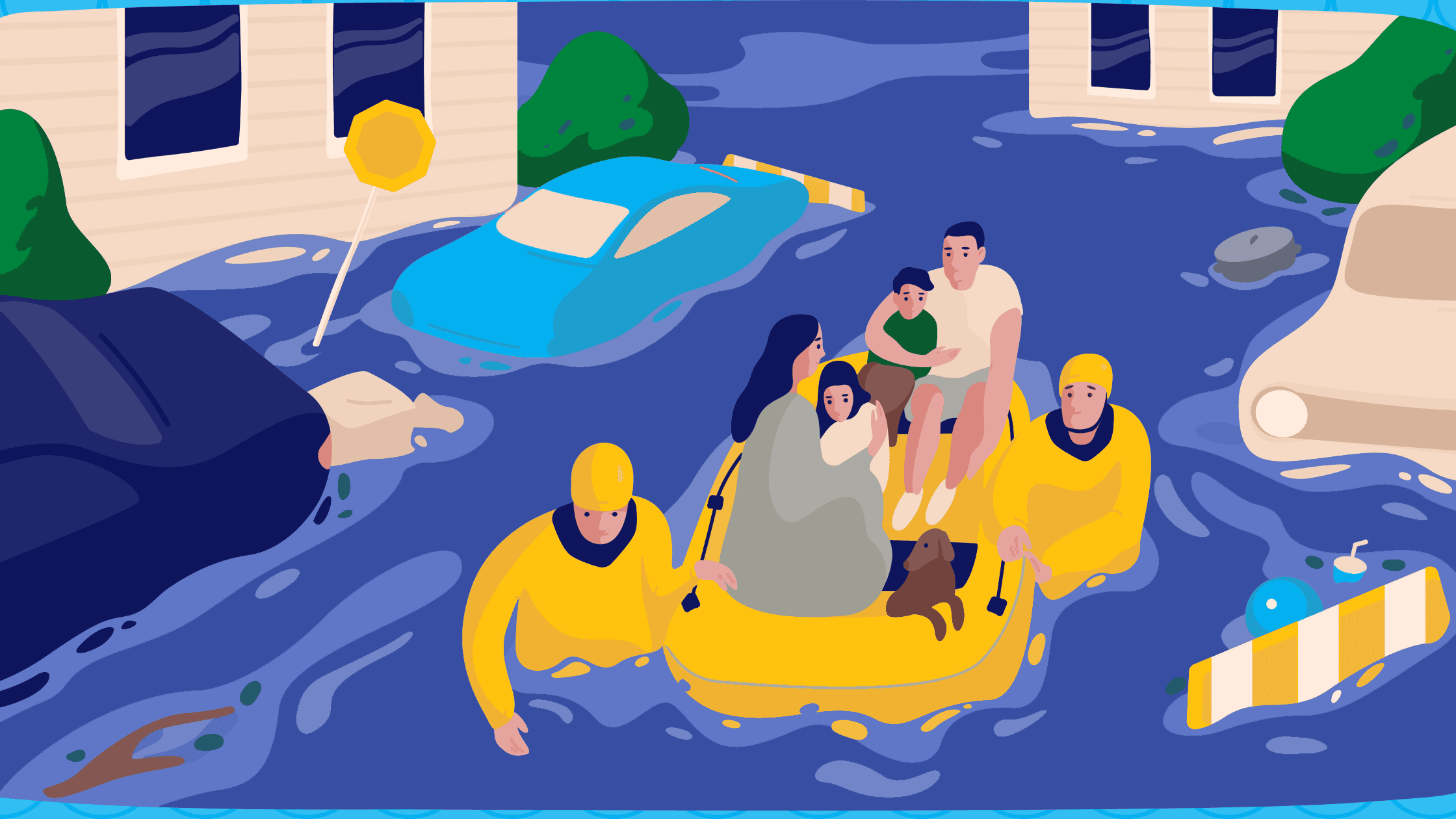
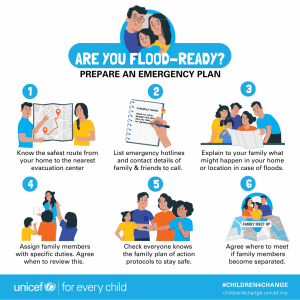

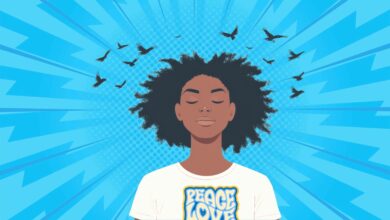


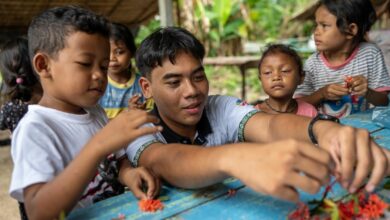
Tati, i feel you, sis. 2021 banjir shocked me too. Hope u & ur family r ok. Be safe ya.